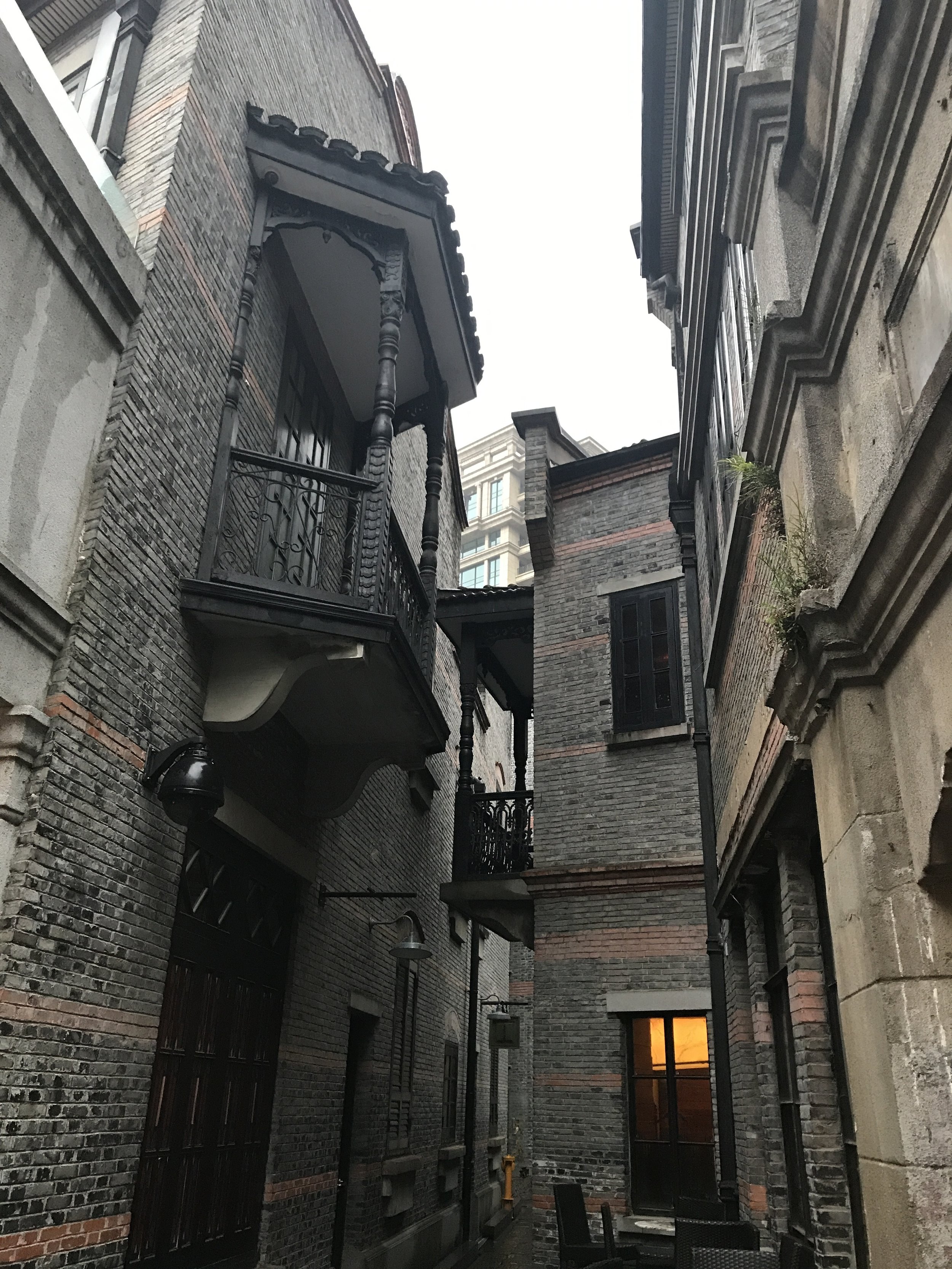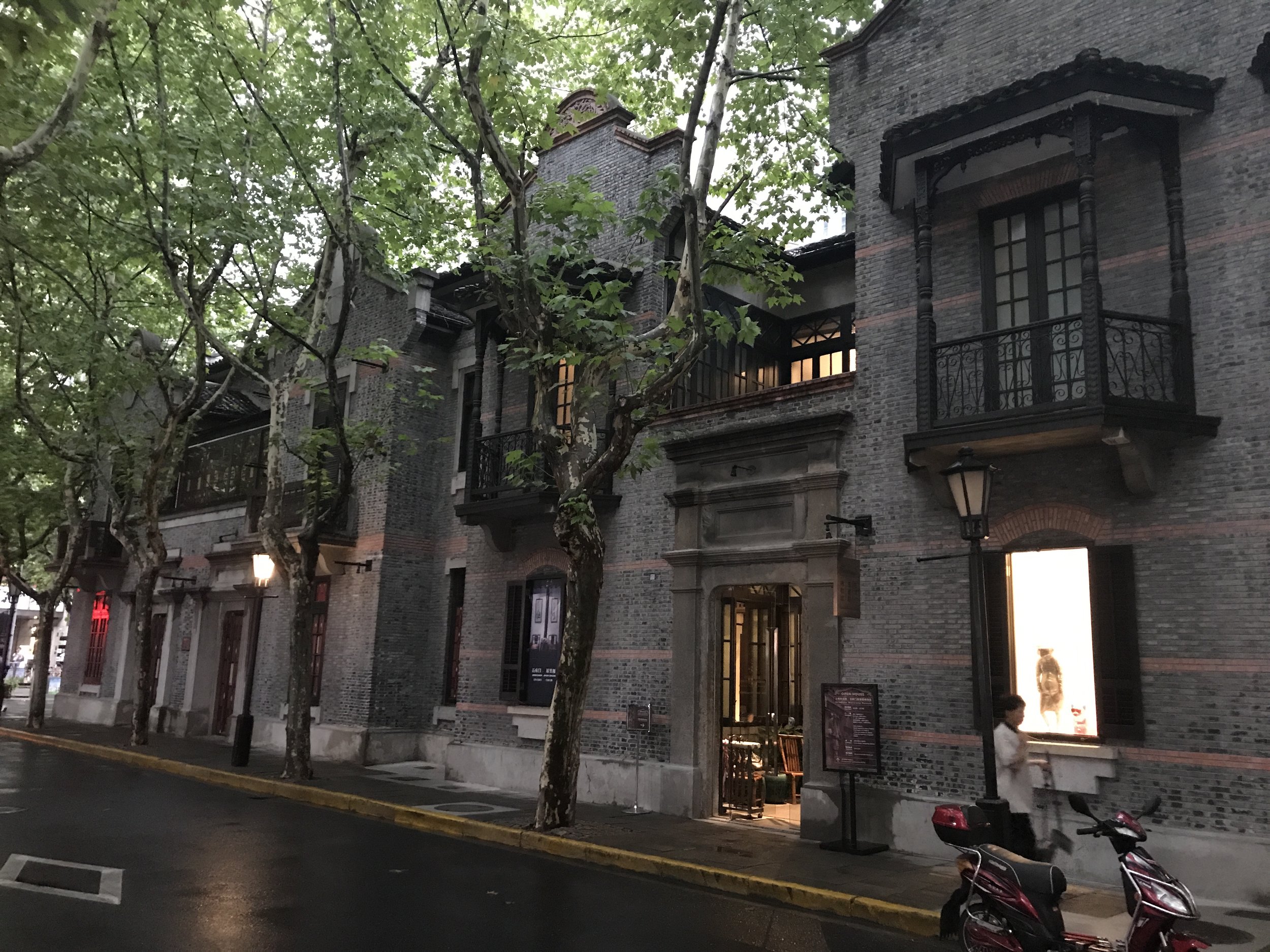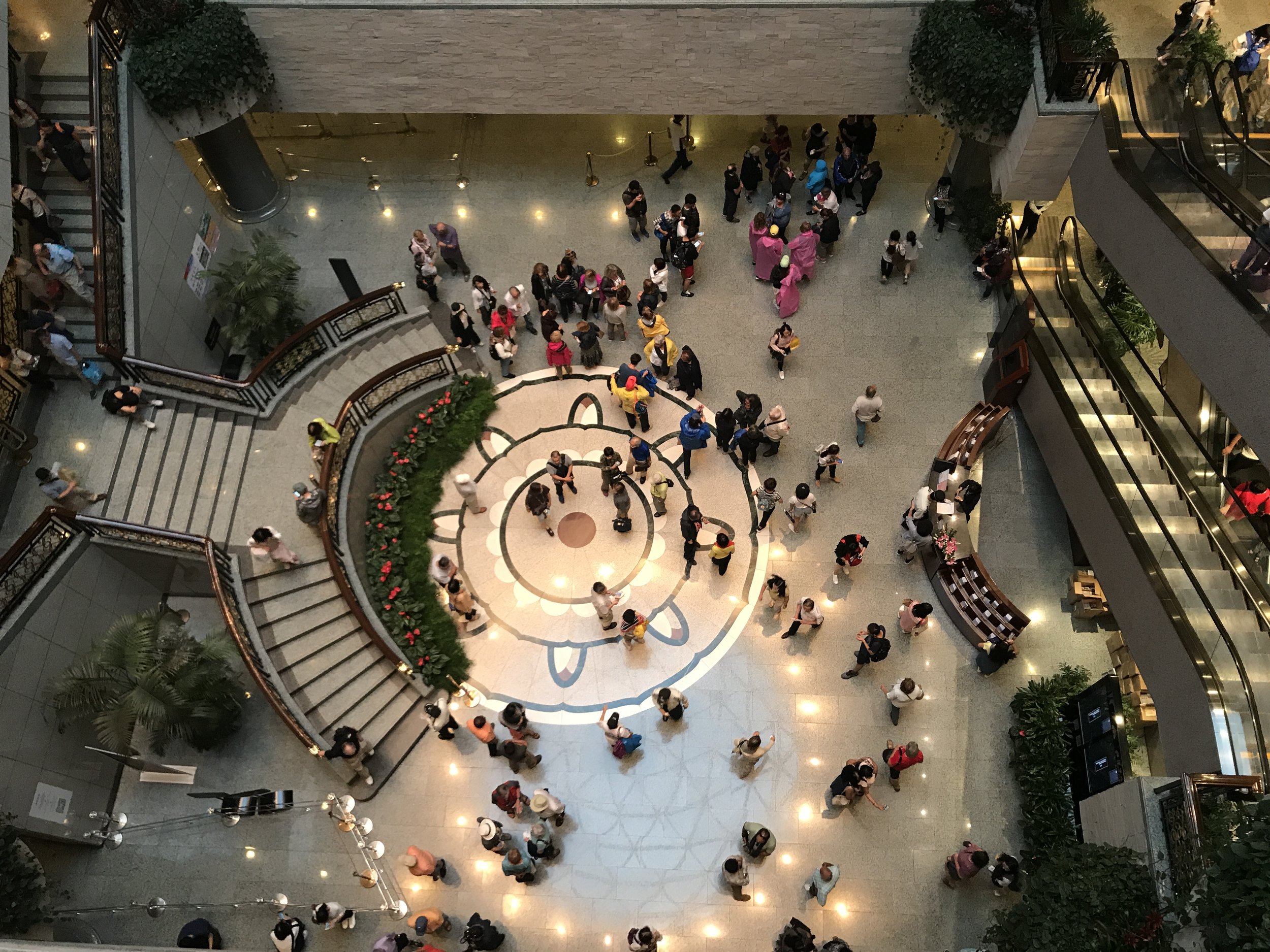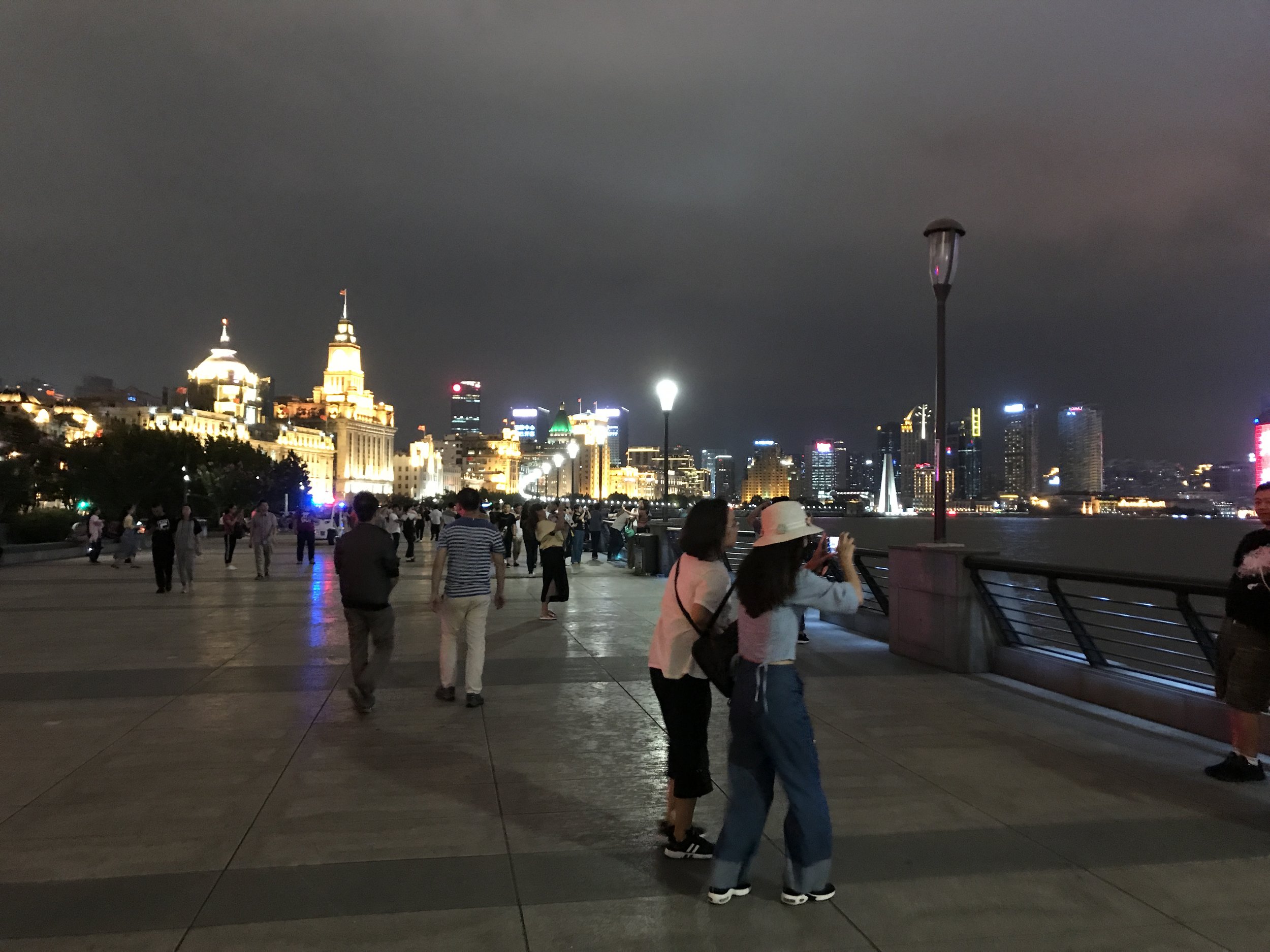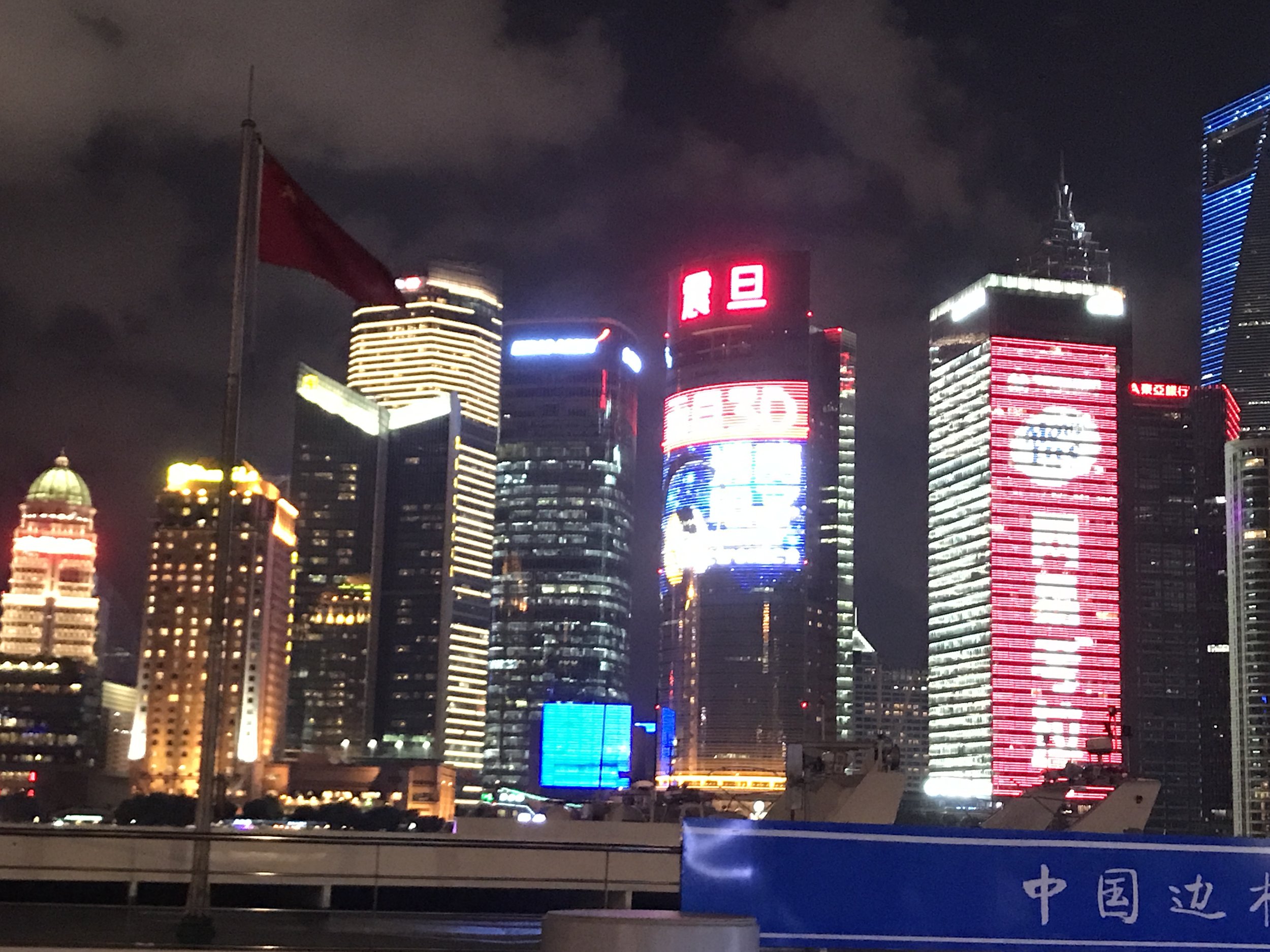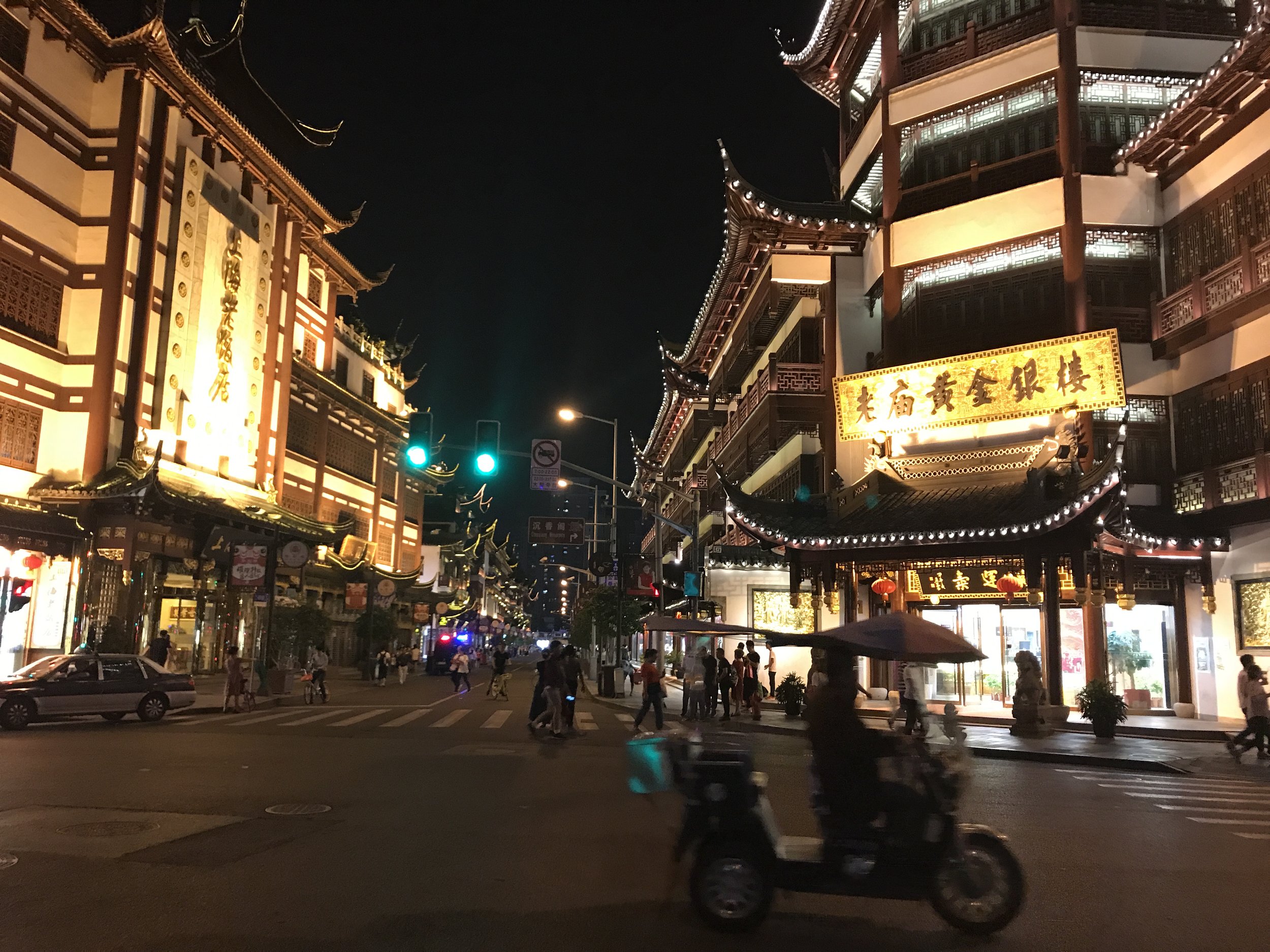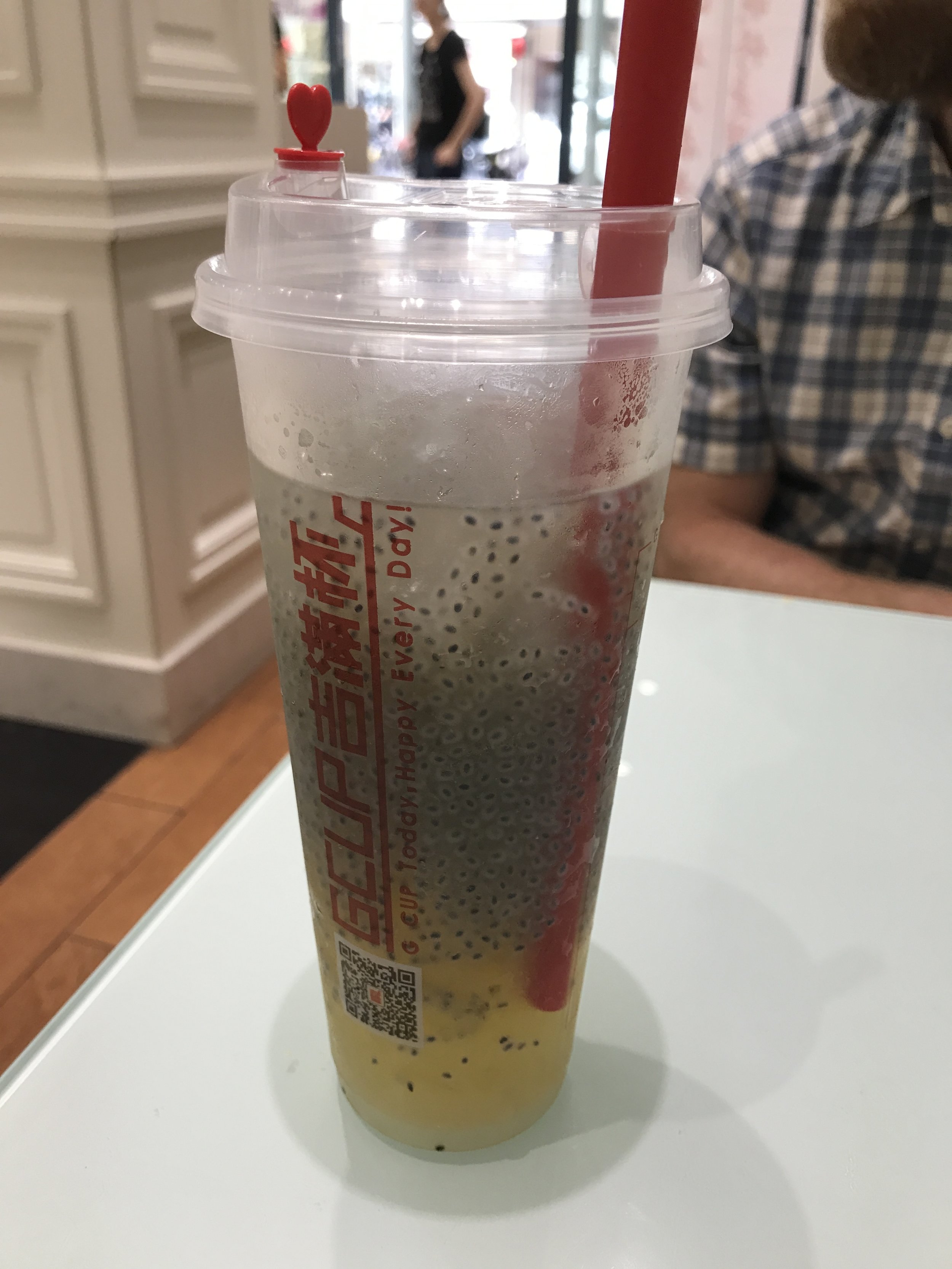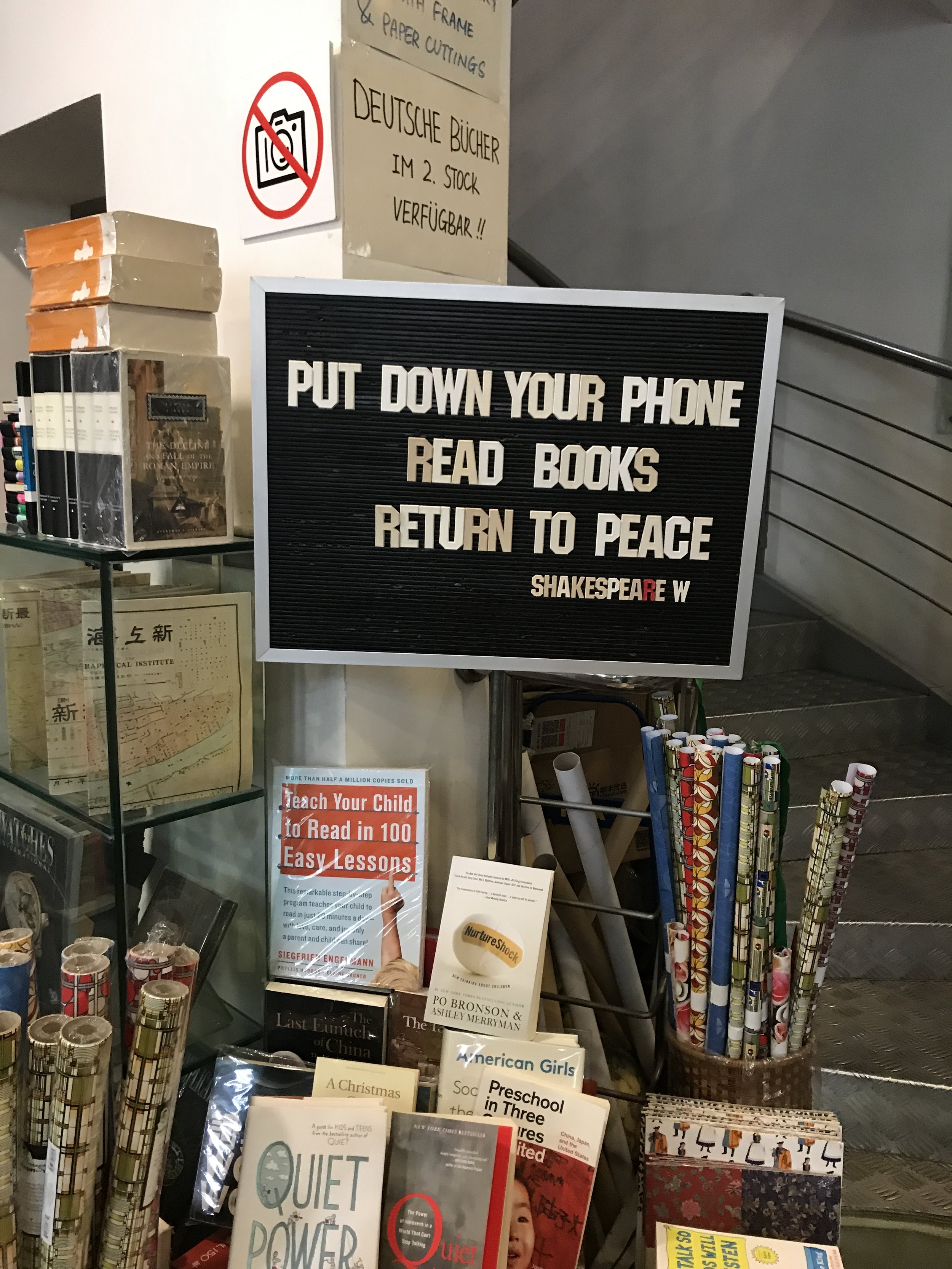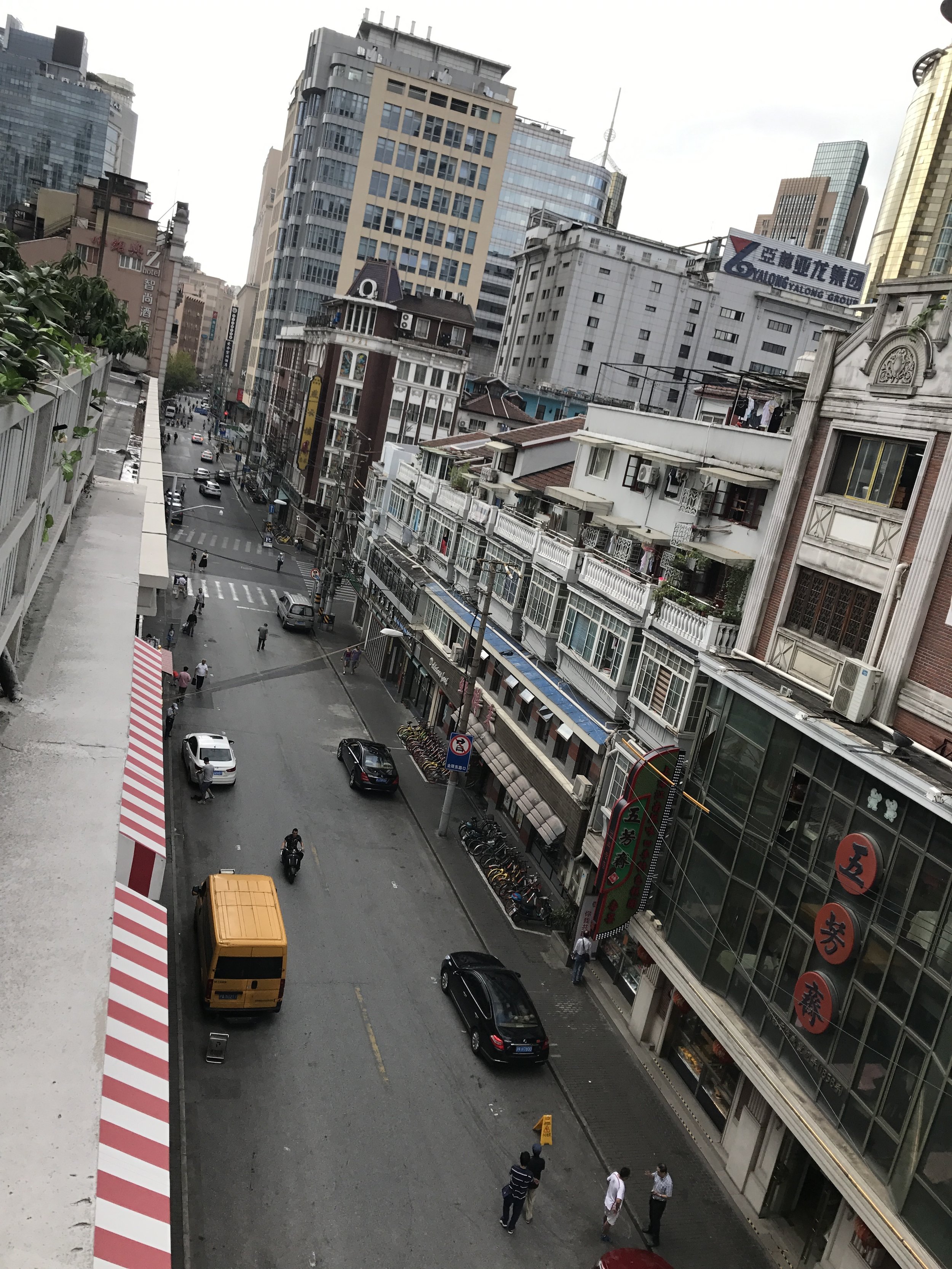Xining's Hipster Craft Brewery And Woodworking Shop
When you are transiting through a city and looking for a place to hang out for the night, and you get advice to take a city bus to a certain bus stop, get out and walk 200 meters, then turn down an unmarked alley into a "compound" and then look for a grey brick building - follow that advice. It may lead you to place like 1/2 Sugar, which would rightfully fit into any microbrew-loving city in America.
The best beers we tried were the milk stout, the Hammer Abbey and IPA. On atmosphere, 1/2 Sugar ticks all the aesthetic boxes:
- enormous ebony chalkboard wall covered in stylized diagrams that explain the brewing process
- glassed-in fermentation room, walled with white subway tiles, showing off a dozen shiny tanks
- white-washed farm tables with upholstered stools, low cozy sitting areas with grey linen couches, minimalist leather sofas and natural wood tables, all overhung with modern chrome chandeliers glowing with warm light
Huo Huo finishing the cat condo.
Improbably, one corner of the bar was occupied by the woodworking shop of a smiley 30-something Chinese man who was finishing a very large cat condo when we walked in. Huo Huo, we came to learn, is part owner of 1/2 Sugar, speaks enough English to explain a bit about the place and share his favorite Beijing milk stout with us.
Huo Huo tells us he owns it with an American named John. John is rock climber from Colorado. Yep, this all makes sense, now. The decor, the highlighting of brewing process, the incredible french fries (truly, the best I have ever had - EVER), the city's proximity to vast outdoor adventures. Welcome to Boulder.







